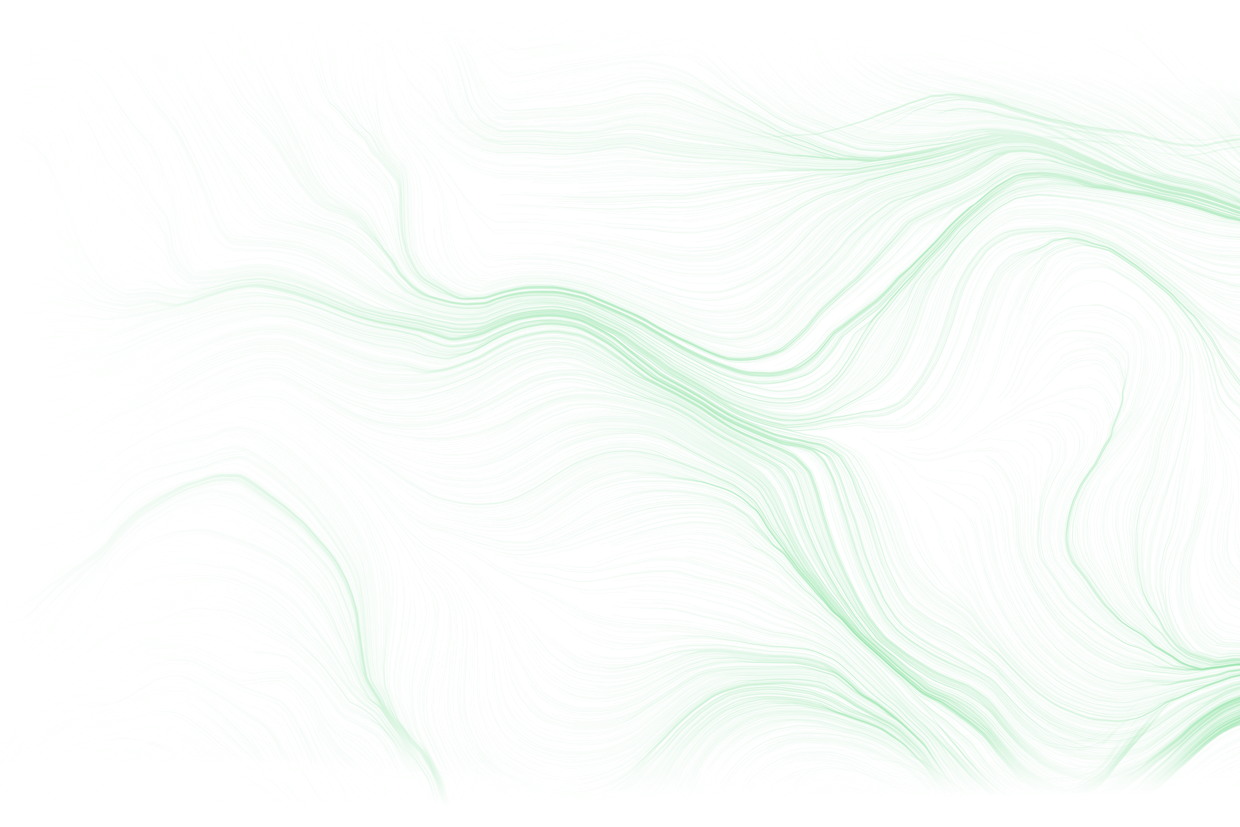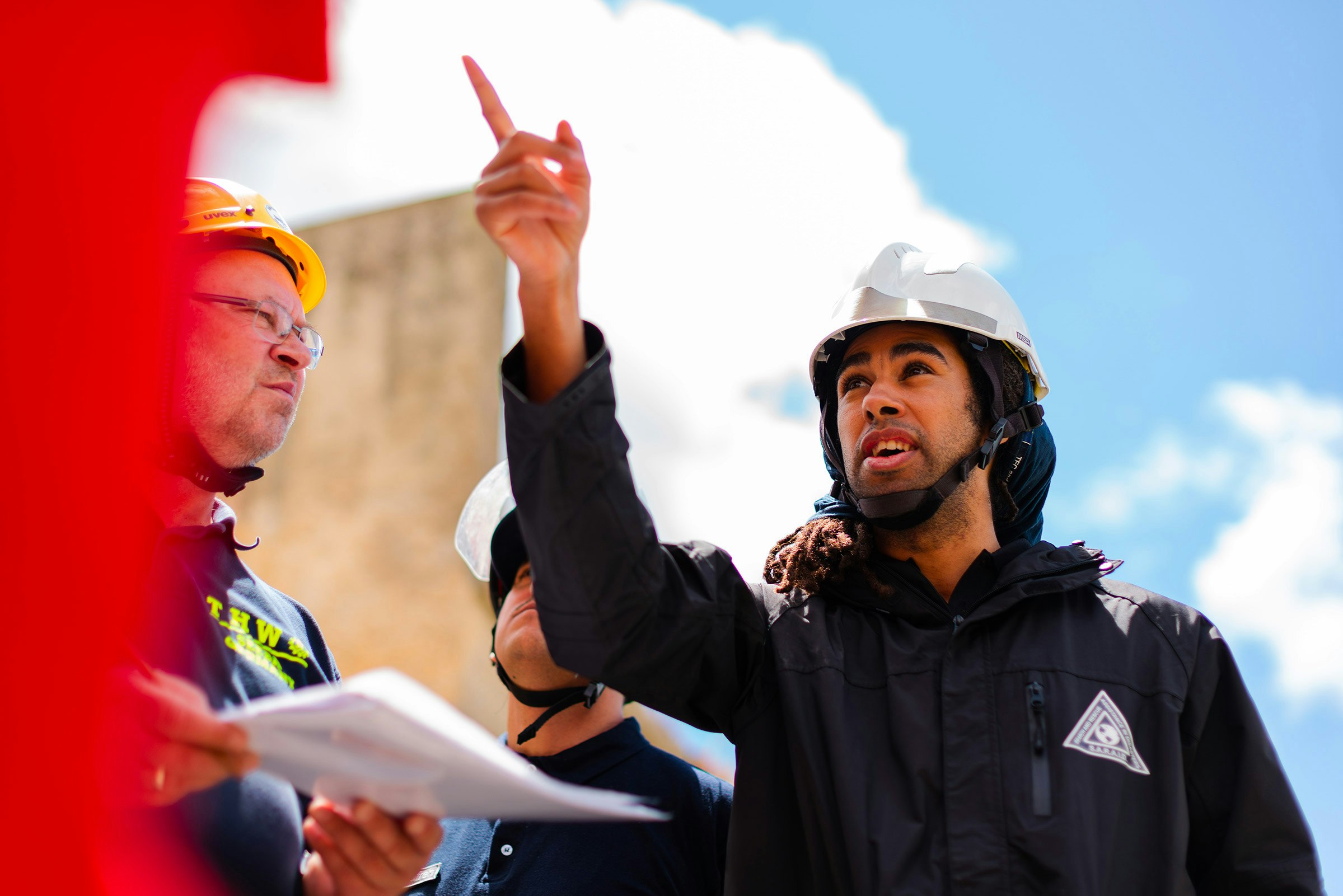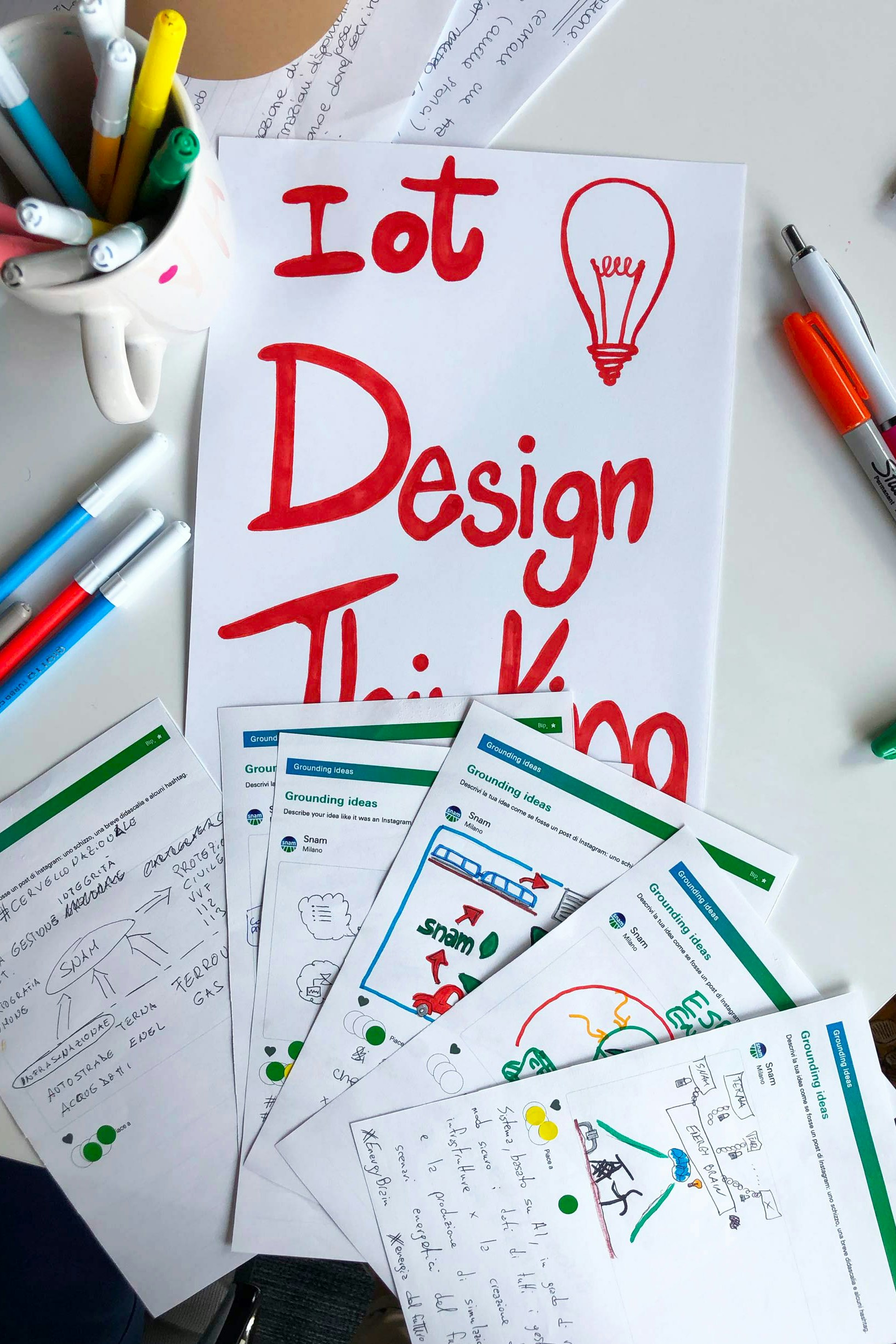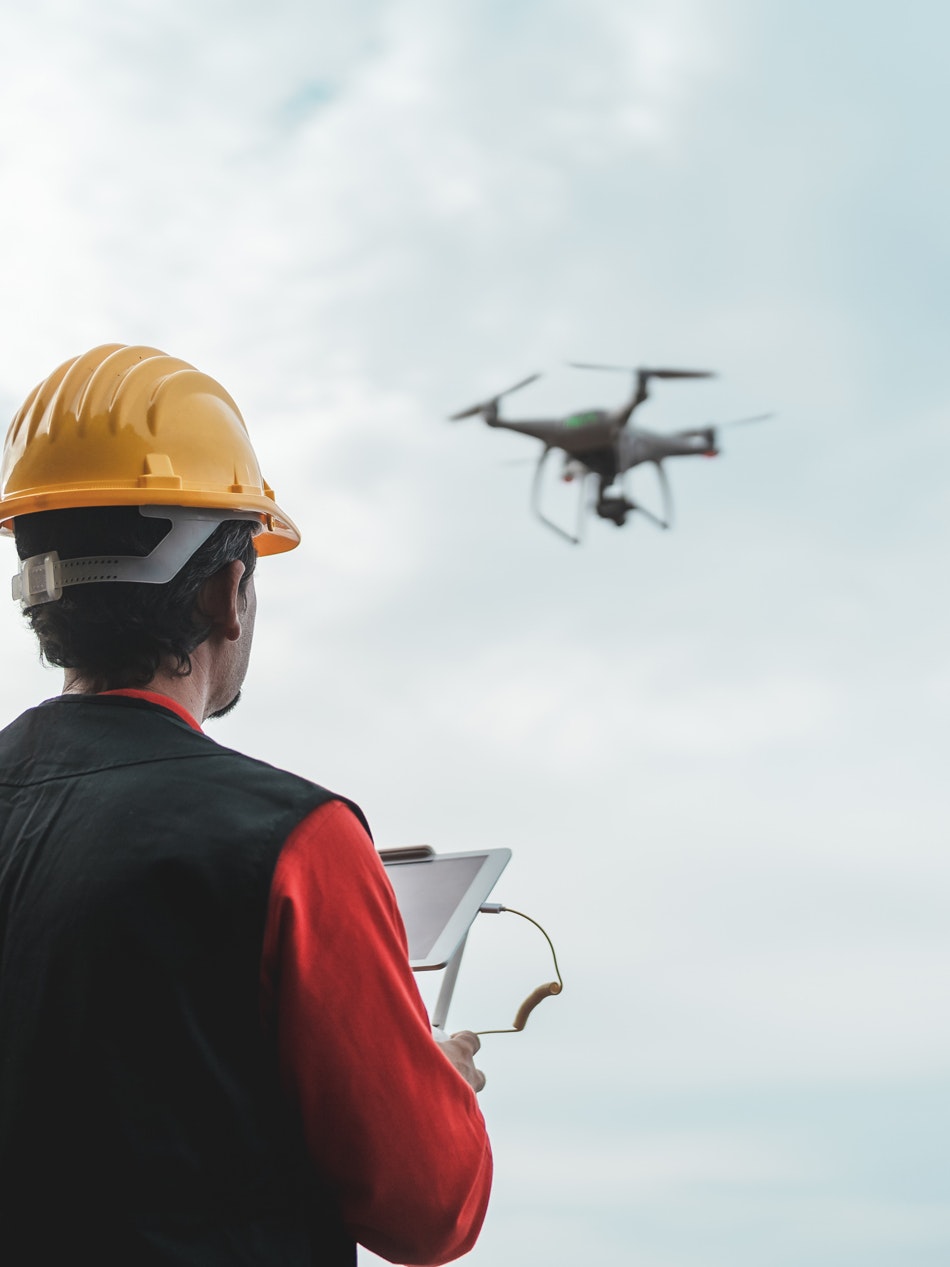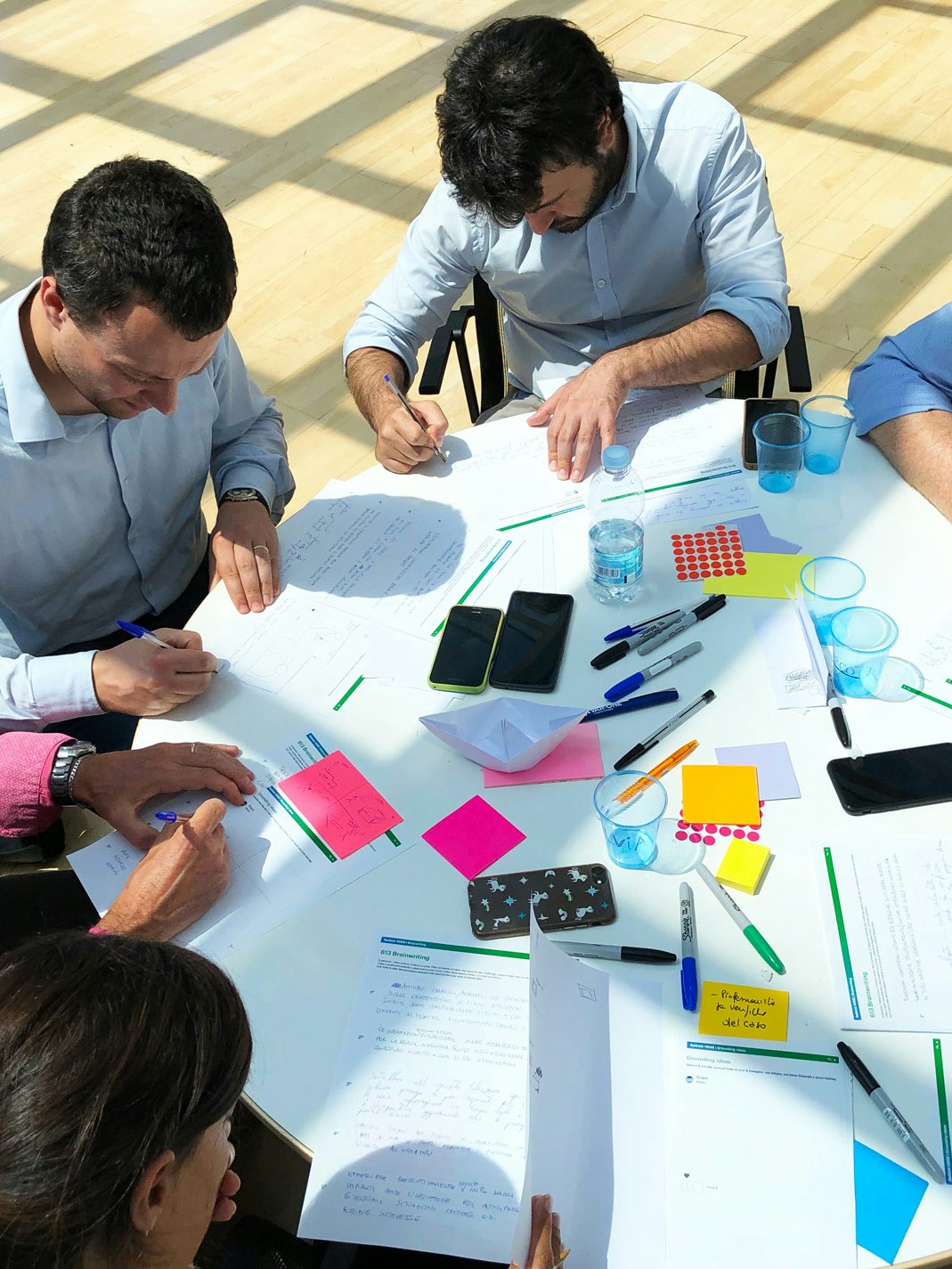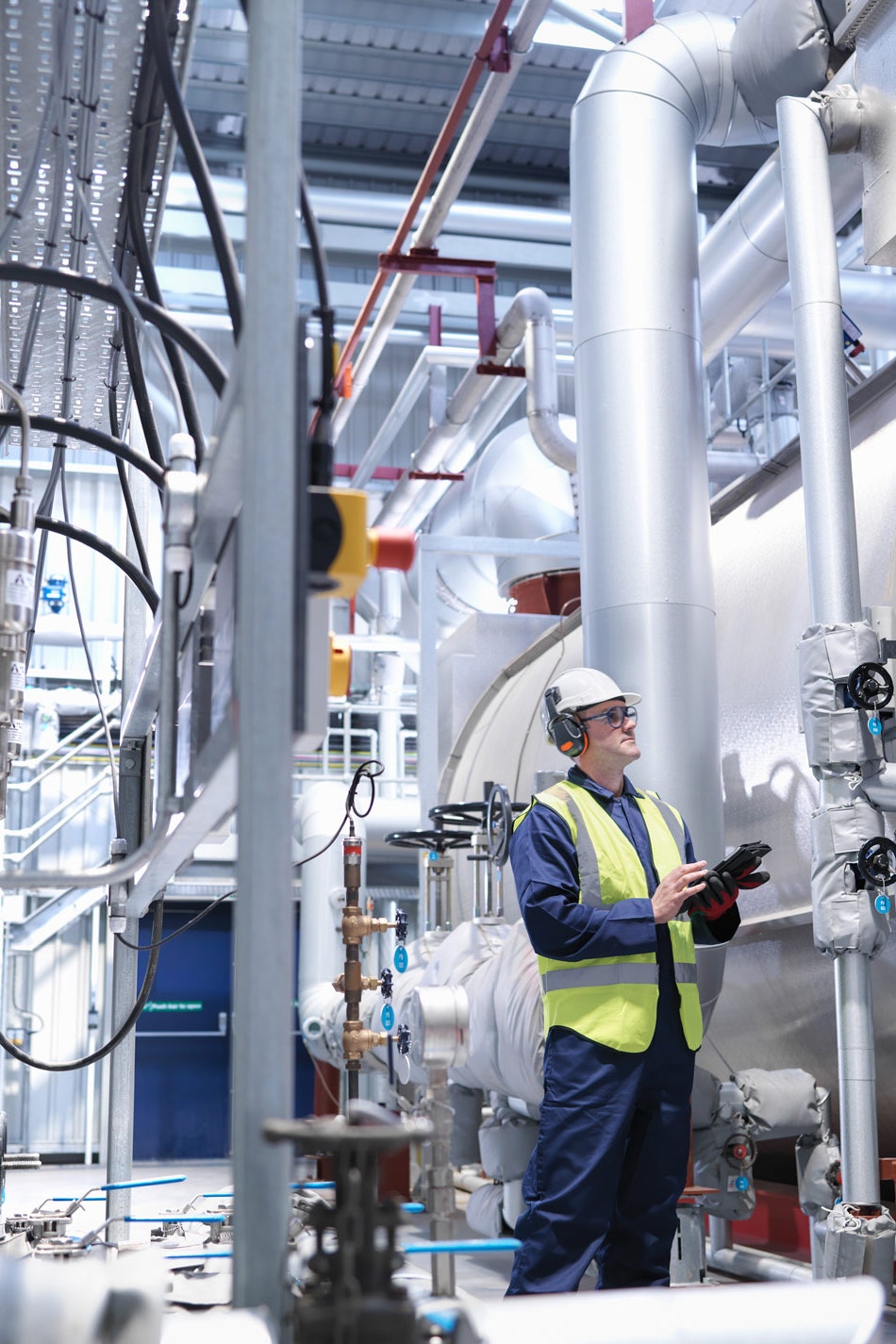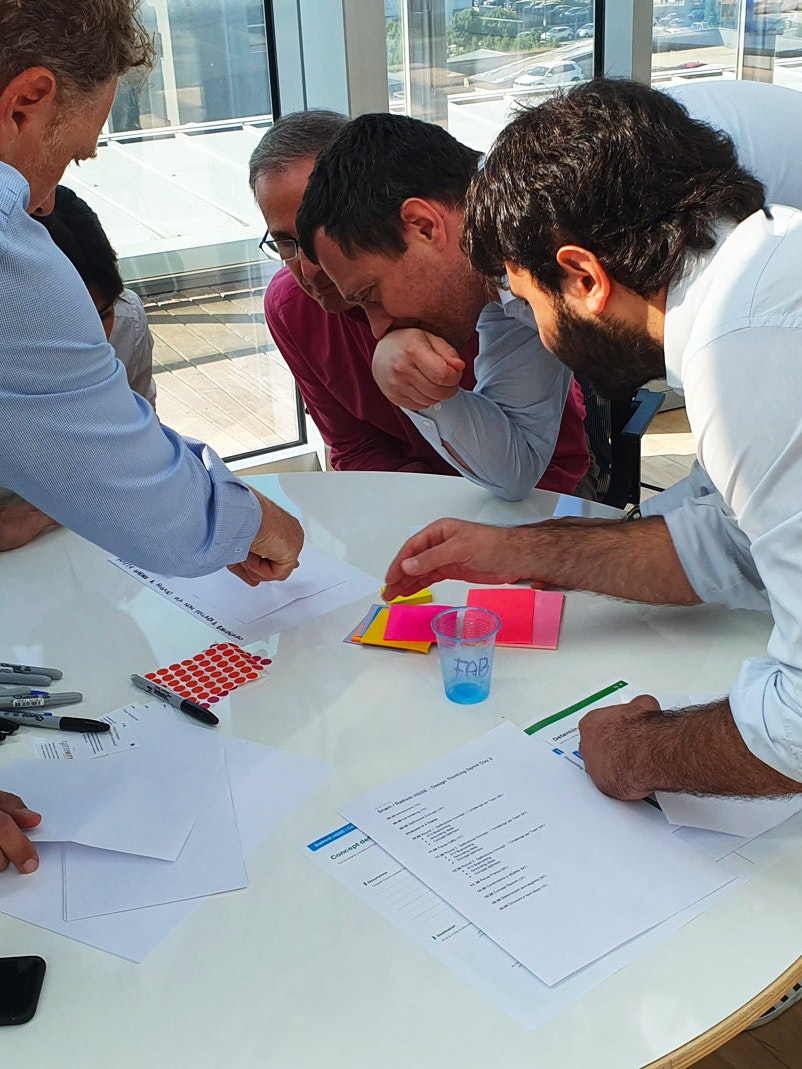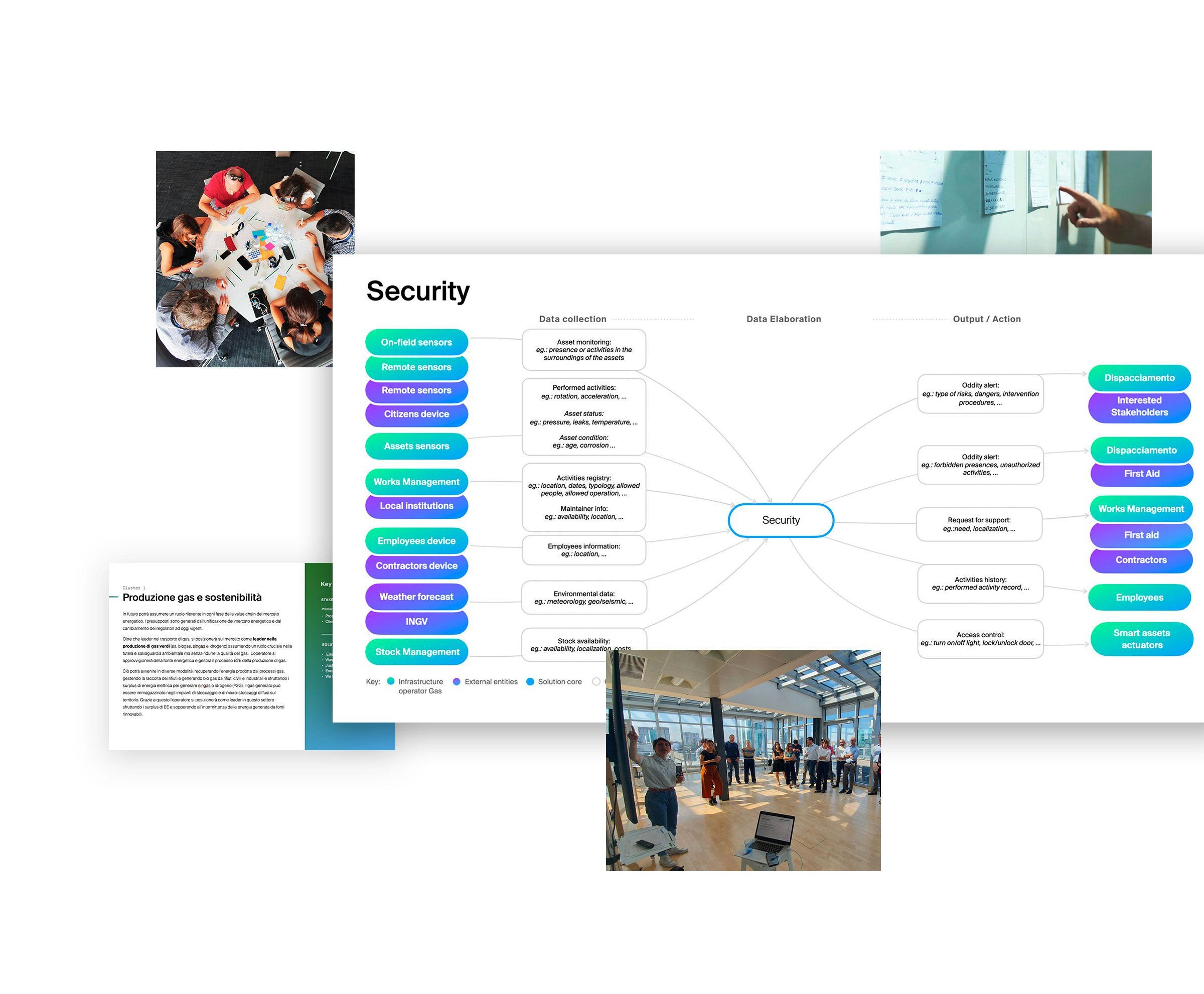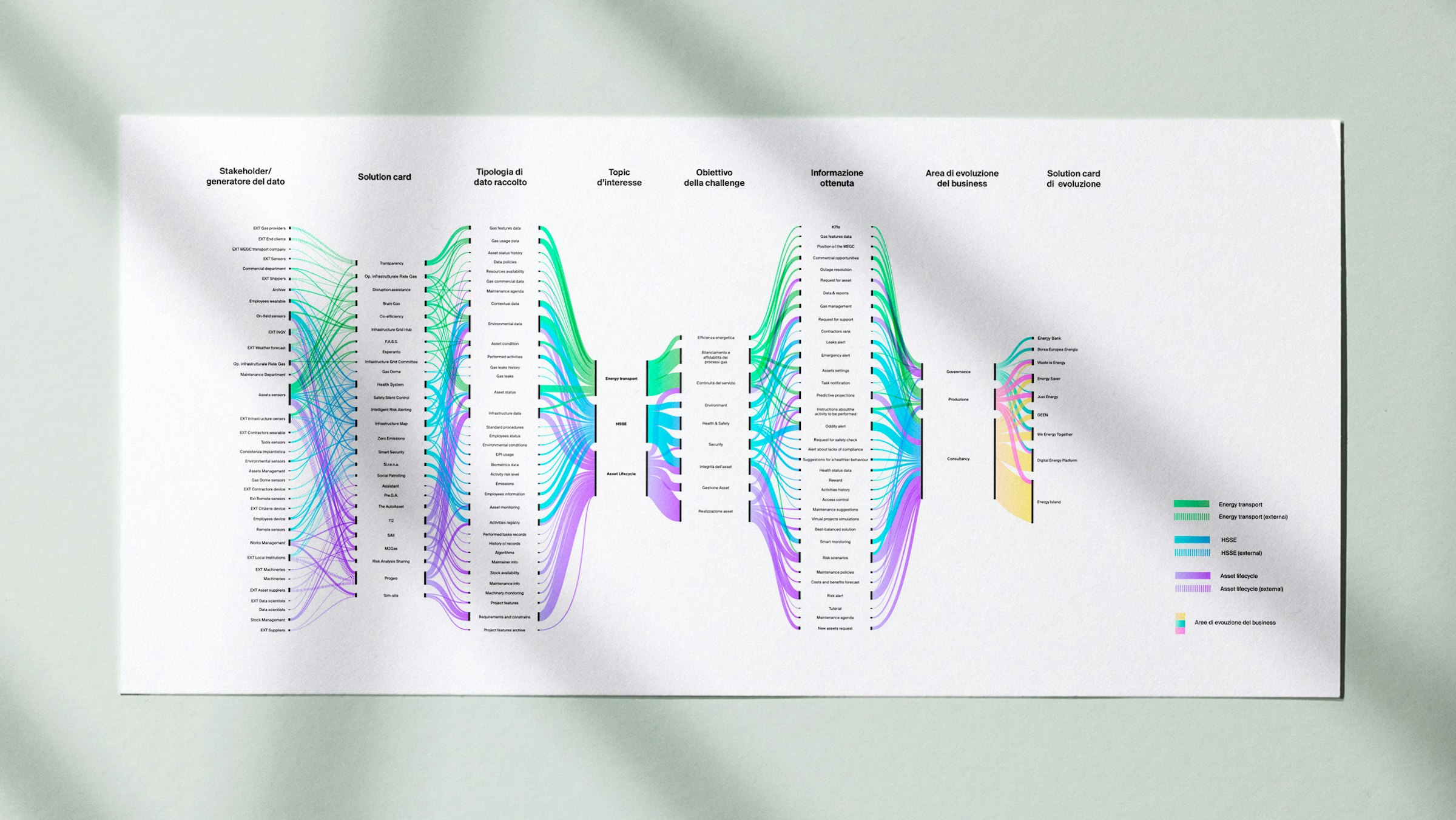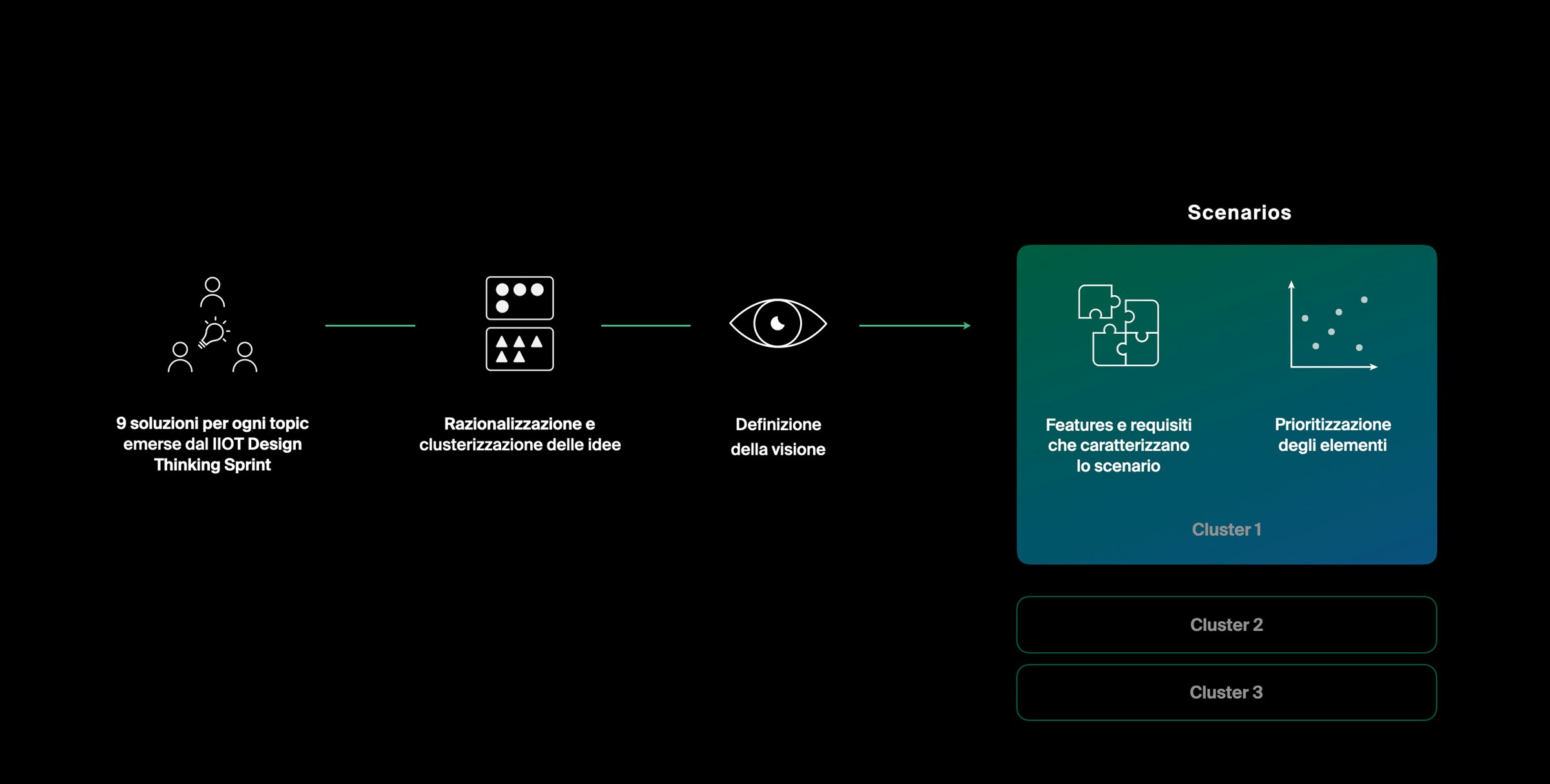IoT to deliver value along with gas
The Internet of Things, also applied to industrial contexts (IIoT), is able to offer new opportunities, create value and offer increasingly efficient services. A leading player in gas distribution on the Italian market has launched a project envisioning the gas market of 2030 and imagined how this technology could transform its own role in that context.
Data - collected from the surrounding environment, from the infrastructure itself, from the workers and from third-party sources - and its analysis have been identified as the key to this future: collected according to precise criteria, processed and visualised, it becomes valuable information to feed improvement initiatives, new project lines and thus generate further value.
